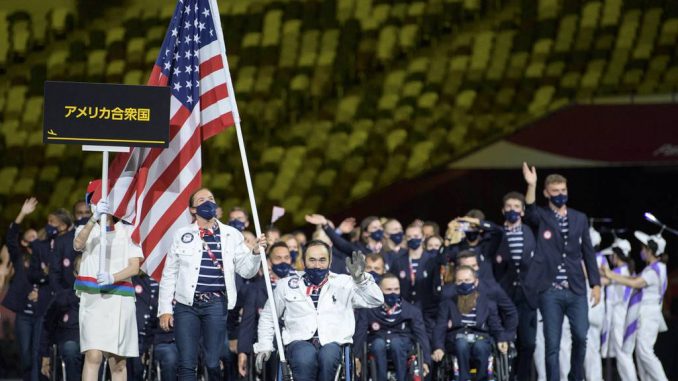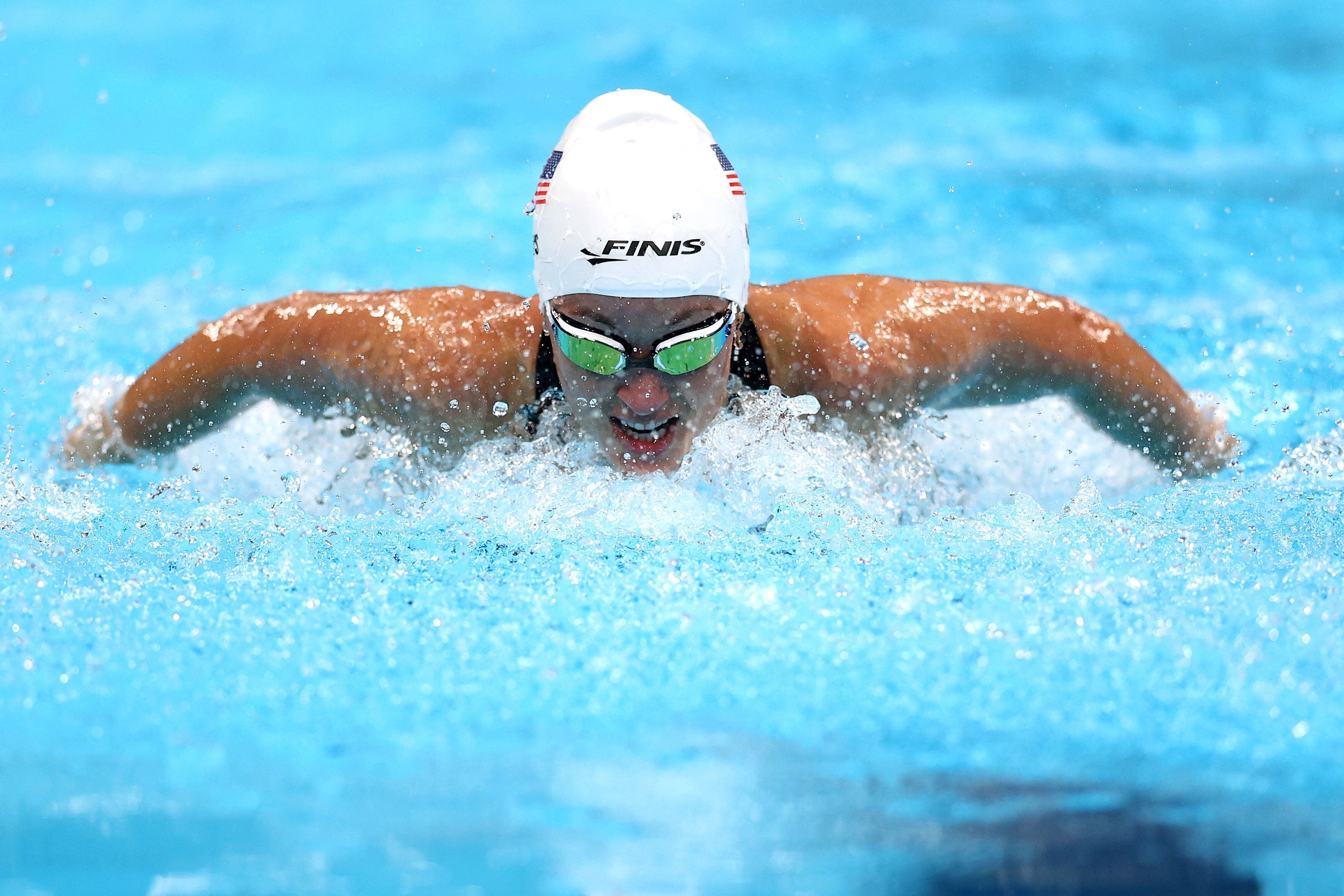

Team USA military athletes thrived during the 2020 Tokyo Paralympics.
There were 19 military affiliated athletes —16 veterans and three active-duty soldiers — who together brought home eight medals.
Taking home the first medal for Team USA in the 2020 Paralympics — which were delayed due to the coronavirus pandemic — was former Army engineer officer Maj. Shawn Morelli. She kicked off the games with a silver medal win in the women’s cycling 3000m C4 individual pursuit event. She also took the gold in the women’s cycling C4 time trial.
Morelli, an Iraq and Afghanistan War veteran, was injured in 2007 while conducting a road clearing mission in Afghanistan. She suffered nerve and neck damage, a brain injury and partial loss of vision in her left eye. According to her Team USA bio, Morelli heavily credits the 2010 Warrior Games for starting her competitive cycling career.
The two-time Paralympian brought home three gold medals and one silver between the 2016 Rio de Janeiro and 2020 Tokyo games.
Morelli’s fellow veteran Paralympian cyclists — retired Air Force Tech. Sgt. Ryan Pinney and retired Army Staff Sgt. Freddie De Los Santos — took the bronze in the mixed cycling team relay H1-5 alongside teammate Alicia Dana.
Pinney deployed to the Middle East more than 10 times in his 14 year career, serving as a flight refueler in over 100 combat missions. He suffered a severe spinal cord injury in 2012 during a BMX race shortly after his final deployment.
De Los Santos was serving as a member of the Army’s Special Operations Command when he was injured in 2008 after his Humvee was struck by an RPG while in Afghanistan. He is an above-the-knee amputee and a veteran of both the Iraq and Afghanistan Wars.
While the cycling teammates are both first-time medalists, Pinney is a first-time Paralympian, while De Los Santos made his debut in the 2016 Rio Paralympics.
And as part of a different kind of team, retired Navy Lt. Bradley Snyder brought home one of Team USA’s 37 gold medals this year in the paratriathlon, with guide Greg Billington by his side.
Snyder, a graduate of and current leadership instructor at the Naval Academy, suffered complete vision loss as the result of an improvised explosive device (IED) explosion in 2011. Just months after his injury, he was in the pool training with the U.S. Paralympic Swim Team, bringing home two golds and one silver in the 2012 Paralympics.
Retired Marine Cpl. Raymond D. Hennagir III helped Team USA’s wheelchair rugby team win silver, starting the games with a hat trick —scoring three times— in their opening match against New Zealand in August.
Hennagir was serving as a combat engineer in 2007 when he was severely injured by an IED in Zaidon, Iraq. He lost multiple fingers on his left hand and is a double above-the-knee amputee, undergoing more than 50 surgeries in the two months immediately following his injury.
In addition to the strong performance of Team USA’s veteran competitors, active-duty Army Sgt. 1st Class Elizabeth Marks dominated in the swimming events. She broke the previous world record in the women’s S6 100m backstroke by two seconds with a time of 1:19.57. Marks additionally took silver in the 50m freestyle S6 and bronze in the 50m butterfly S6.
Marks was named the Army’s first Paralympic swimmer in its World Class Athlete Program in 2012, after suffering bilateral hip injuries while serving in Iraq in 2010. She brought home the gold and bronze medals in the 2016 Paralympics for the 100m breaststroke and the 4x100m medley respectively.
In addition to being a standout Paralympian, Marks was inducted into the Army Women’s Hall of Fame in 2017 and was the first active duty soldier to ever win an ESPY Pat Tillman Award in 2016.
Service members training for and competing in the Paralympics receive a monthly stipend from the Veterans Monthly Assistance Allowance offered by the VA.
Team USA ended the 2020 Tokyo Paralympics fourth overall with a total of 104 medals — 37 gold, 36 silver and 31 bronze.
Rachel is a Marine Corps veteran and Master’s candidate at New York University. She’s currently an Editorial Fellow for Military Times.


Be the first to comment